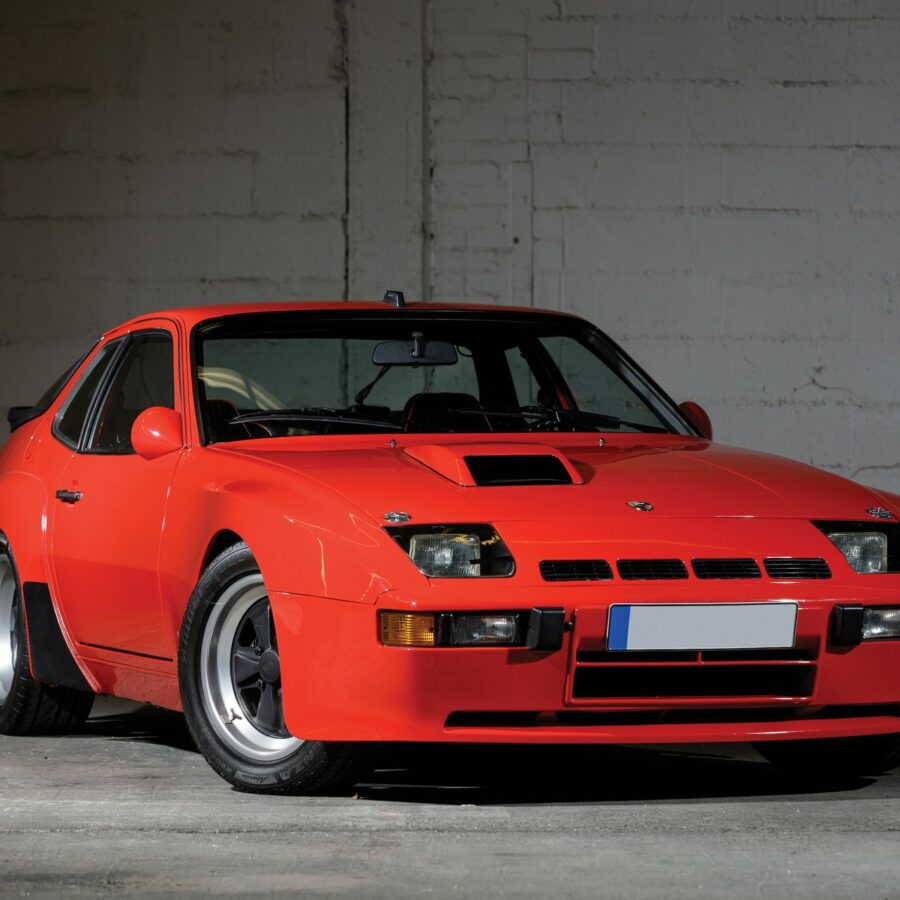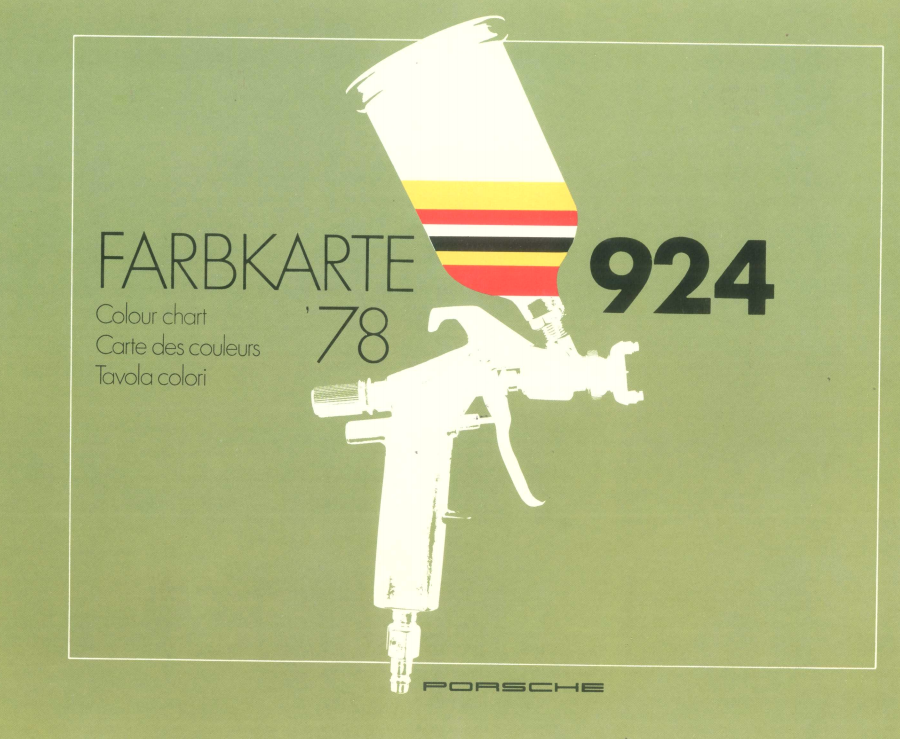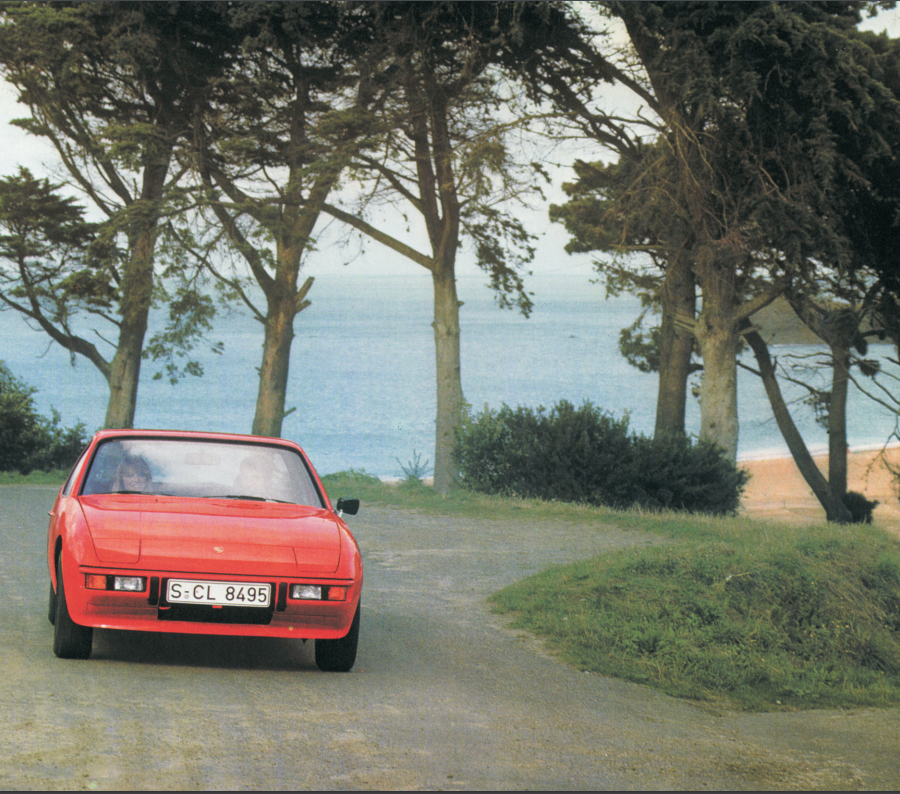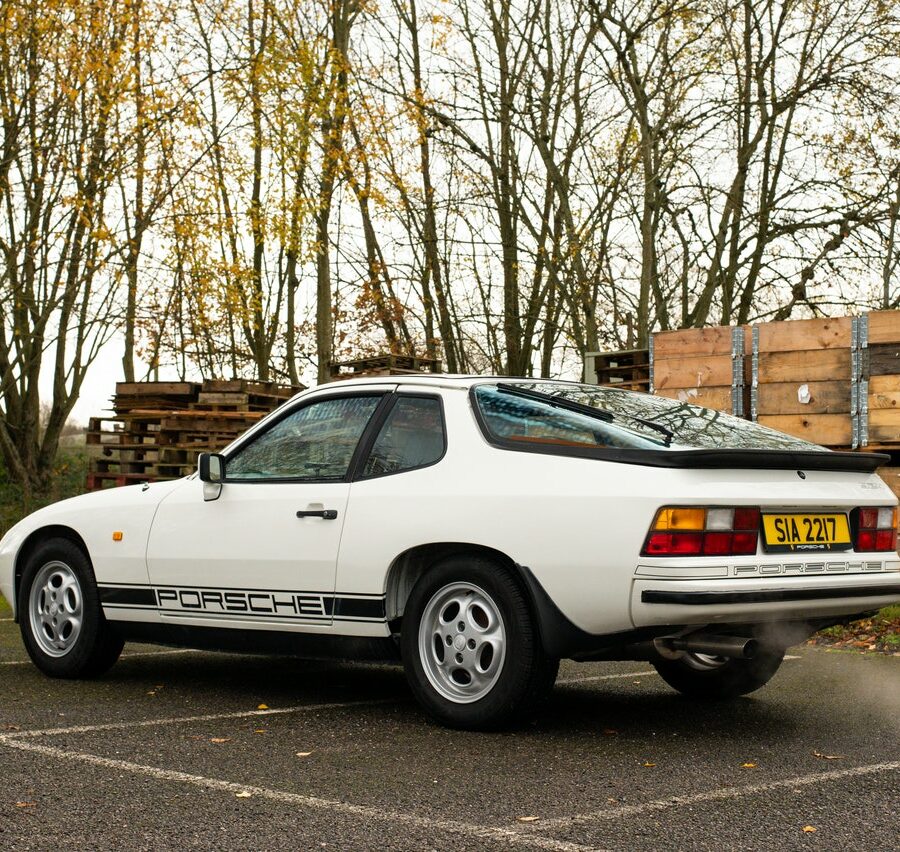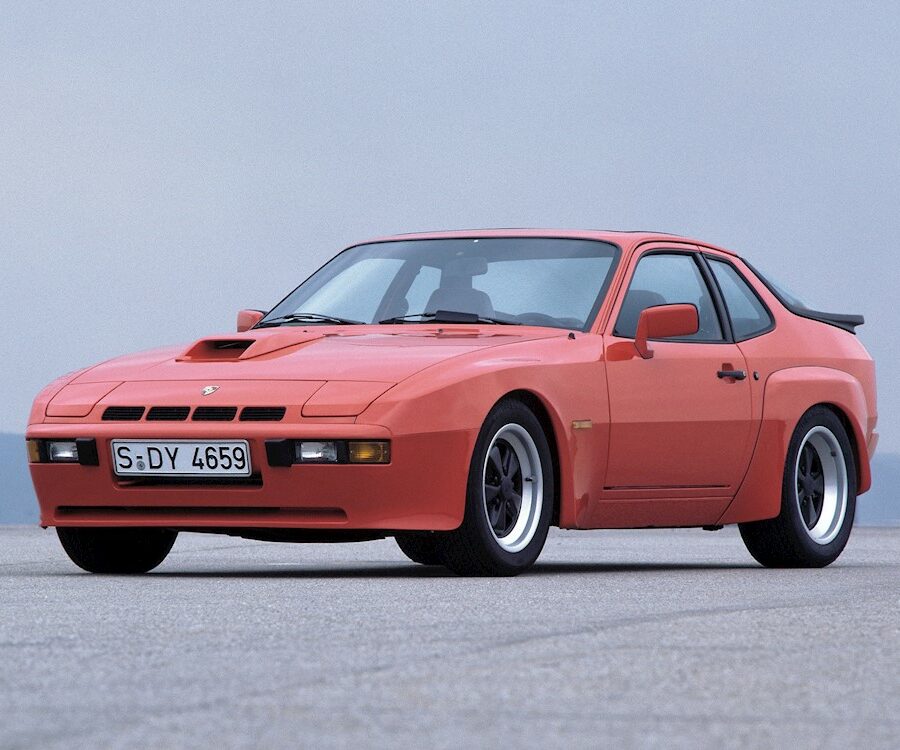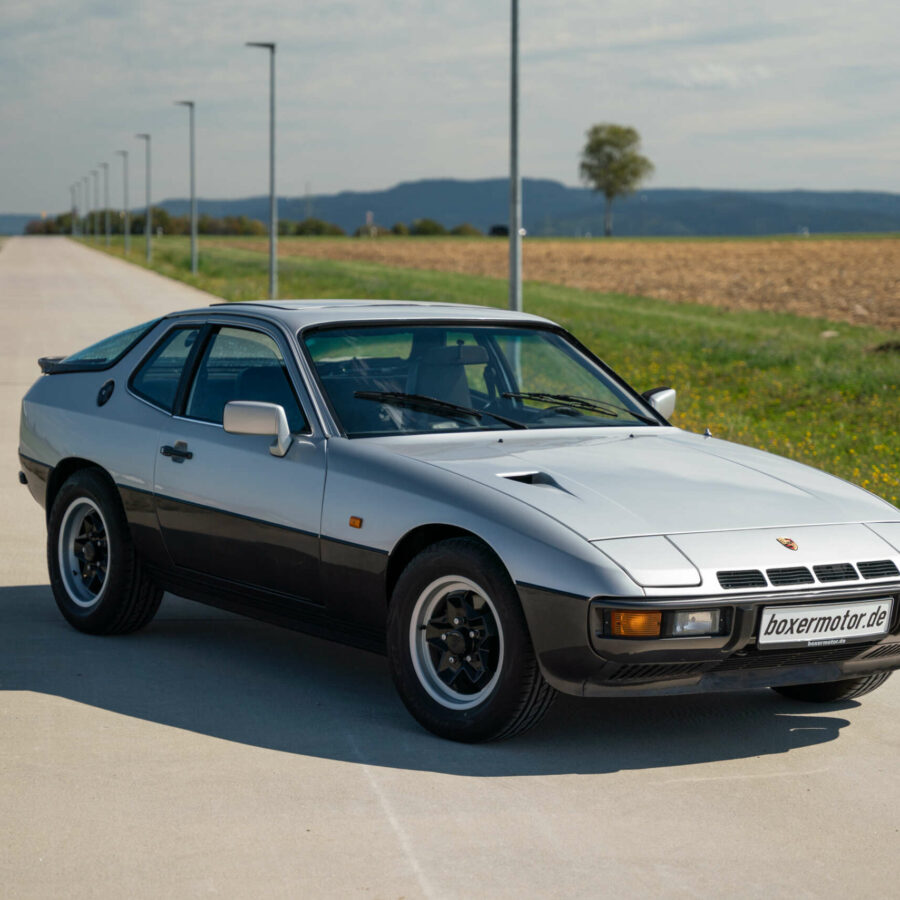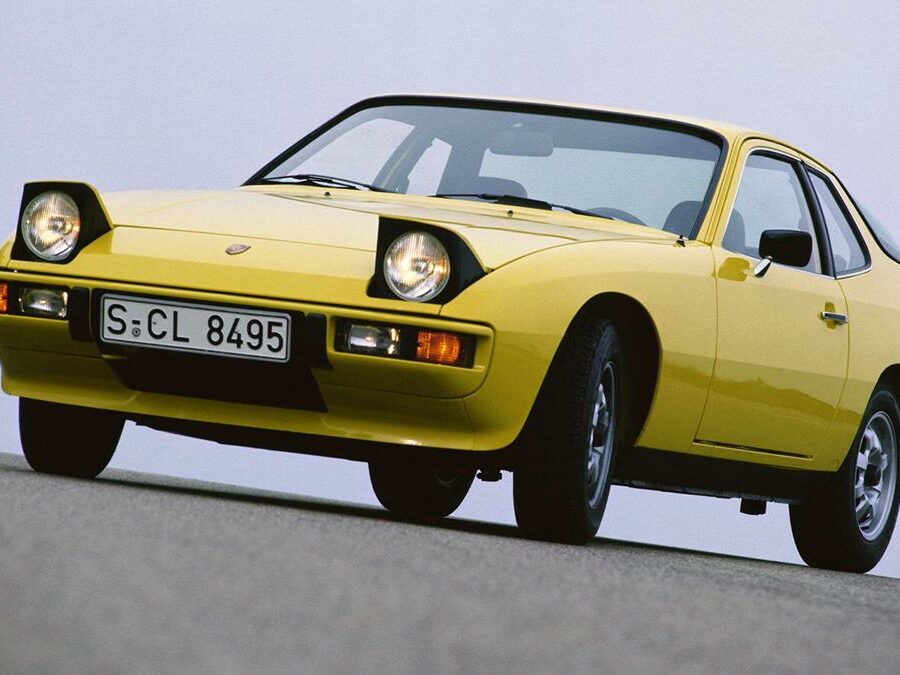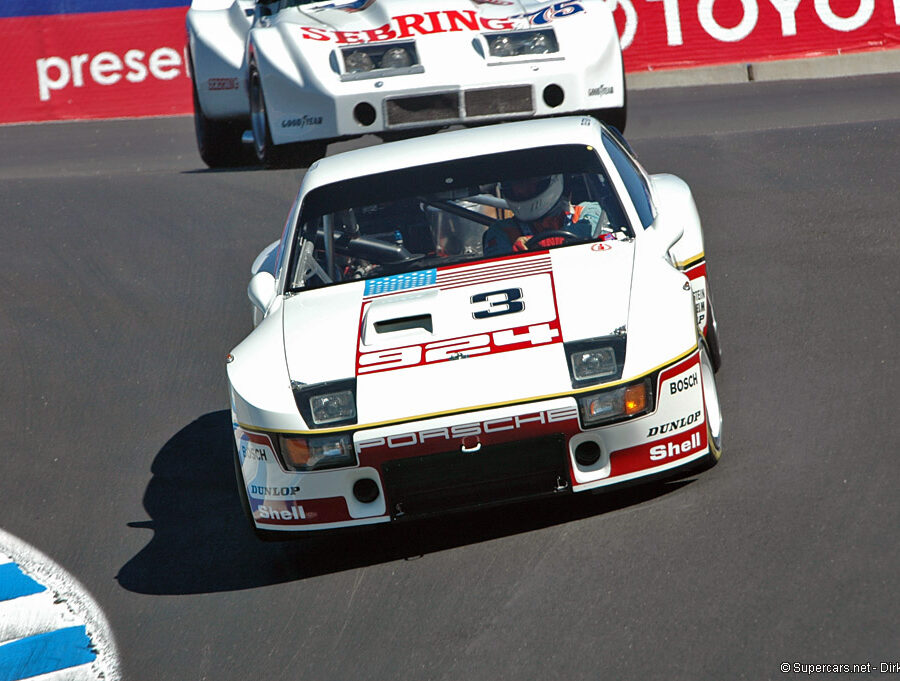Porsche 924 (All Years) – Paint Colors (Exterior & Interior)
Color Options and Samples
Porsche 924 – Sales Brochures
Sales Catalogs for the Porsche 924
Porsche 924 (MY 1980-1985) – Part Catalog
Spare Parts Catalog (Porsche PET) for the Porsche 924
Porsche 924 (MY 1980) – Equipment & Options Codes
Full list of Equipment & Option Codes Decoder for the 1980 Porsche 924


